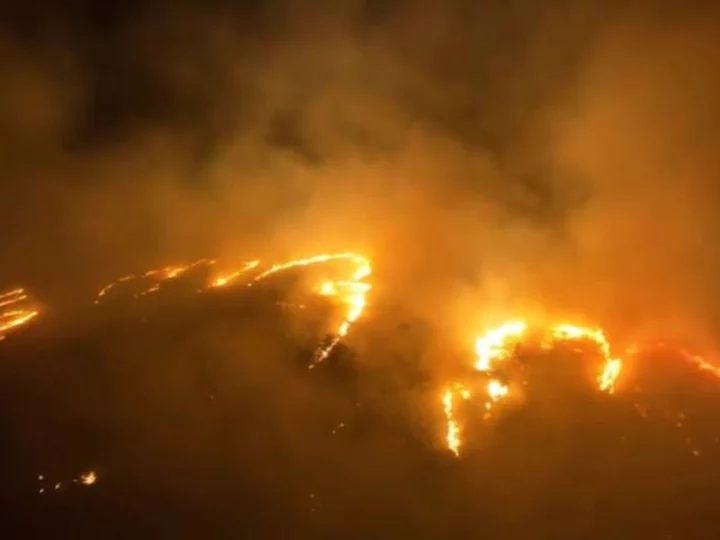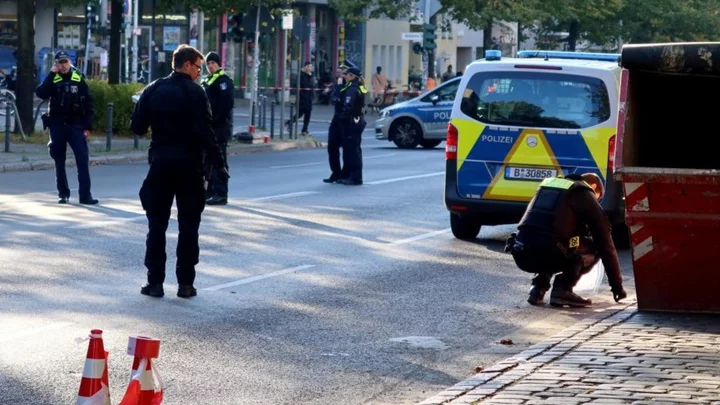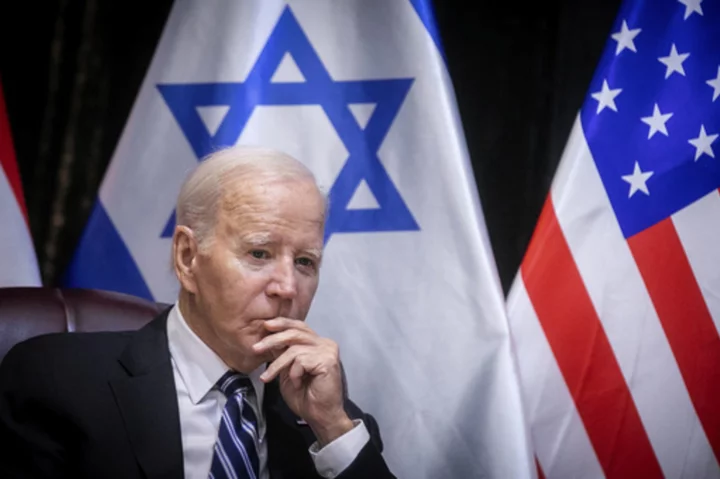The wildfires that ripped through Hawaii on Tuesday and Wednesday are "unnerving," and comparable to the landscape-altering wildfires that are common in the West, said Erica Fleishman, director of the Oregon Climate Change Research Institute at Oregon State University.
But Fleishman told CNN she wouldn't be surprised "if wildfires in many parts of the world that are not accustomed to them become more common over time, or become larger or spread more rapidly."
That's because the human-caused climate crisis has exacerbated the hot and dry conditions that allow wildfires to ignite and grow in many parts of the planet. Although she said it's hard to say that the climate crisis is linked to this particular event without a thorough analysis, it is possible to break down the conditions that primed the environment for these wildfires to occur.
Follow live updates: Deadly wildfires prompt evacuations in Maui
"We can say there are conditions that are consistent with wildfire, wildfire size and expansion that are changing as climate changes," she said. "And some of the things that we're seeing with this wildfire in Maui are consistent with some of the trends that are known and projected as climate changes."
While scientists are still trying to fully understand how the climate crisis will affect Hawaii, they have noted that drought will get worse as global temperature increases. As heat sets in, the dried-out land and vegetation can provide fuel for wildfires, which can swiftly turn deadly if strong winds fan the flames into communities.
Maui has moderate drought covering more than one-third of the island, with some areas seeing severe drought, according to the US Drought Monitor. And the areas in drought coincide with some of the fires.
Drought conditions are becoming more extreme and common in Hawaii and other Pacific islands, according to the US National Climate Assessment released in 2018. Scientists noted in that report that the rainfall has generally been decreasing in Hawaii over time, with the number of consecutive dry days increasing.
As a result, Fleishman said the availability of water has not only decreased for people but also for plants that require more water to thrive.
And in parts of Hawaii, there have been drastic changes in plant species.
A 2018 report from the Hawaii Wildfire Management Organization found that humans have introduced nonnative, fire-prone grasses and shrubs to the islands, which has allowed wildfire threats to increase exponentially. Nonnative species, which are critical fire ignitions, now cover nearly a quarter of Hawaii's total land area.
"My understanding is that in Maui, as in much of the Western United States, there's been a long-term trend toward an increased cover of nonnative grasses and those are highly flammable," Fleishman said. "And so many of these grasses, they do very well after fire. They tend to expand after fire, so you have plants that are more likely to ignite and to allow a wildfire to spread rapidly."
Wind patterns are another contributing factor that may have some fingerprints of climate change, she said. High winds, such as the ones that helped fan the flames in Maui, are more likely going to dry out vegetation, air and soil, which could spark wildfires.
"When those strong winds hit, if you already have the heat and the dryness and if you have a spark, a wildfire becomes more likely to grow rapidly," she added.
Fleishman said she is hopeful that these places will have some time to prepare for a hotter and drier future.
"Worldwide, extreme weather is becoming more common," she said. "But people have a little bit of room to plan for protecting livelihoods, protecting people's health and protecting them in ways that are equitable."









